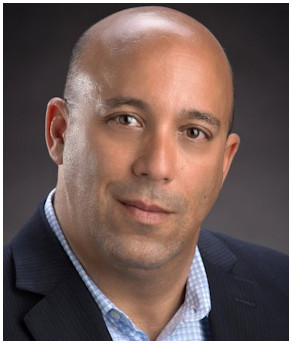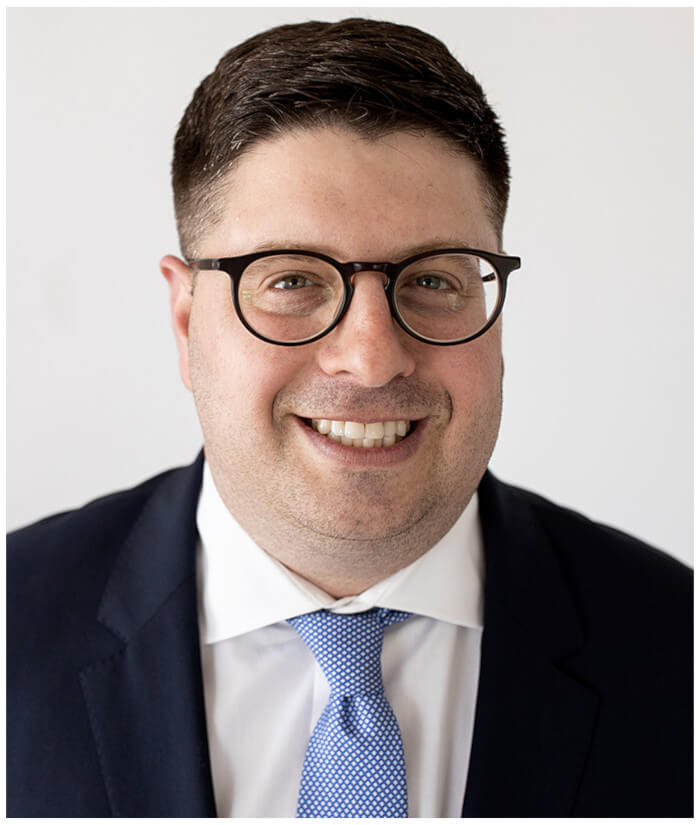Physician Changes Surgical Plan and Medical Error Ensues
Medical Negligence Case: History
Steve Andrews was only 38 years old when Dr. Jones recommended surgery to remove a benign nodule on his adrenal gland. The nodule was discovered incidentally on a CT scan looking for a possible kidney stone. Steve didn’t know much about this doctor, but he was told by someone at the local hospital that she was every bit as good as Dr. Supper; she just didn’t “have his name.”
Dr. Jones told Steve the surgery would last less than three hours, and that if there were any difficulty at all, she would convert the surgery from a laparoscopic procedure to an open procedure.
And, sure enough, there was difficulty. Dr. Jones “fractured” the “normal limb” of the adrenal gland, and as a result, she abandoned the plan to perform only a nodulectomy. Instead, she proceeded to try to remove Steve’s entire adrenal gland. This might have been okay had she done what she promised to do – convert to an open surgical procedure. Instead of keeping her promise and converting the case quickly, she tried to remove the gland laparoscopically. Meanwhile, Steve remained for many hours in a vulnerable position, on his side with his shoulders, hips and knees stacked.
At some point, Dr. Jones realized she couldn’t finish the procedure herself, and she called for Dr. Supper. We don’t know how much time Dr. Jones wasted trying to fix her mistake before calling for help. Nor do we know how long she waited for Dr. Supper to arrive. But we do know that a procedure that should have lasted less than three hours ended up lasting more than five and half hours. And as a result, Steve has been permanently and severely injured.
By the time the case ended, Steve’s body had taken a beating, and the anesthesia team was having difficulty ventilating him. Steve was kept intubated and a blood gas was done, which showed significant issues. Steve was sent – still intubated – to ICU.
The tube was pulled from Steve’s throat late the next morning. The moment he could talk, he immediately complained of excruciating pain and the inability to move his right leg. The critical care attending requested orthopedic and nephrology consults to assess for compartment syndrome and rhabdomyolysis (death of muscle fibers and release of their content into the blood stream). The nephrology consultant diagnosed Steve with acute kidney injury secondary to pigment nephropathy, secondary to rhabdomyolysis and acute tubular necrosis. The orthopedic consultant was concerned about possible submuscular hematoma or late stage, “delayed” compartment syndrome.
Steve was subsequently evaluated by a neurologist. The neurologist indicated that Steve’s deficits were most likely caused by both pain and muscle injury (from rhabdomyolysis), and that his exam was also concerning for involvement of the lumbar nerve plexus. He recommended follow-up studies several weeks later.
Dr. Jones saw Steve again several days later. Dr. Jones mentioned both a long anesthetic time (>8hrs.) and the fact that Steve was maintained in the lateral decubitus position (on his side) “for most of this.” The duration of surgery is well-known to contribute to the risk of rhabdomyolysis, which is why it is imperative to get this type of surgery done expeditiously and to convert to an open case when necessary, as was the original plan.
Steve was finally discharged from the hospital. At that time, the rhabdomyolysis was better, and Steve’s lower extremity weakness was improved but not normal. Steve was discharged to a rehabilitation facility where he worked hard to improve. While there, his recovery was complicated by a lower extremity blood clot and by adjustment disorder. Ultimately, Steve was discharged home with PT, OT, and home nursing services. He also began dialysis, 3-4 times per week.
Prior to his surgery, Steve Andrews enjoyed his work. He made his living in the construction business, painting and drywalling and using his hands. This is very active work, and Steve loved it and thrived at it.
Steve wants to return to work, but he can’t. He has a permanent foot drop. His right leg is essentially paralyzed below the knee. There is just no way he can do the kind of physical labor needed in his former position. Plus, there’s the fatigue and the constant pain.
Before the surgery, Steve was an active and happy 38-year-old worker, father, and husband. He and his family enjoyed hiking, playing in the pool, ATV riding, and snow shoeing; you name an outdoor activity a man can do with his family, and you can bet Steve did it.
Steve was devastated by the aftermath of Dr. Jones’ failure to protect him from a preventable positional injury. Although Steve’s wife was supportive at first, things got tougher when it became clear that Steve wasn’t going to recover fully. Their relationship changed from husband and wife to patient and caretaker. Unfortunately, their marriage could not survive this change.
Steve was forced to move in with his parents. He became dependent on his father to help him and to drive him to his pain management appointments. Except for medical appointments, Steve stopped leaving the house. Ironically, he began using the handicap-accessible bathroom he remodeled for his parents, so that they would have an easier time as they got older.
Medical Negligence Case: Negotiations and Settlement
Brian Eisen, Managing Partner at The Eisen Law Firm, was the lead attorney on this case. He has handled many cases against this hospital, both settlements and jury trials, and has developed an excellent reputation with the defense bar in general and this hospital in particular. He is known to be a knowledgeable adversary and a zealous patient advocate. As such, he is often able to reach early resolutions with his opponents from time to time. And this was just one of those times. After researching the case thoroughly and really getting to understand the effect of Steve’s injury on his life, Mr. Eisen was able to secure a confidential settlement for Steve that will help him recover from his injuries as well as possible and provide him with a brighter future.




